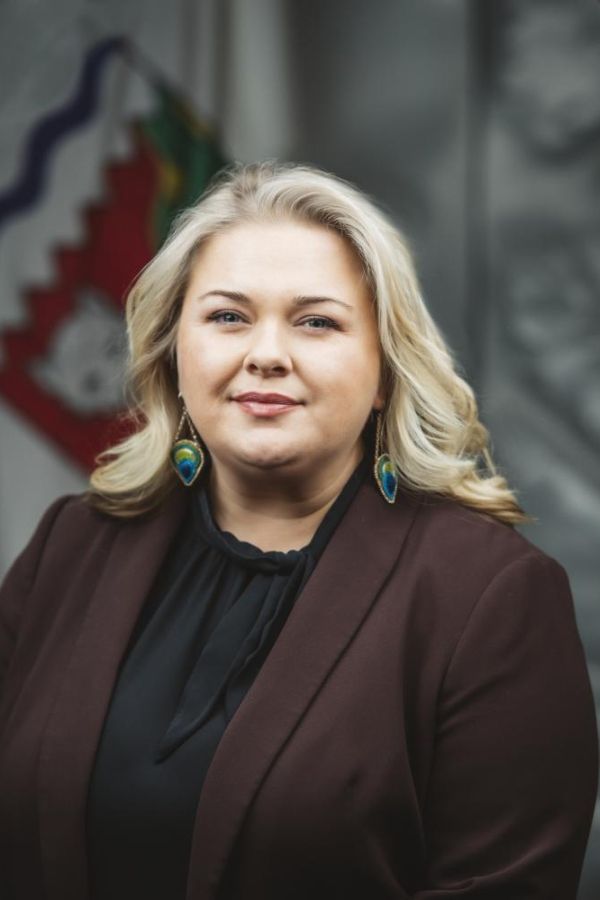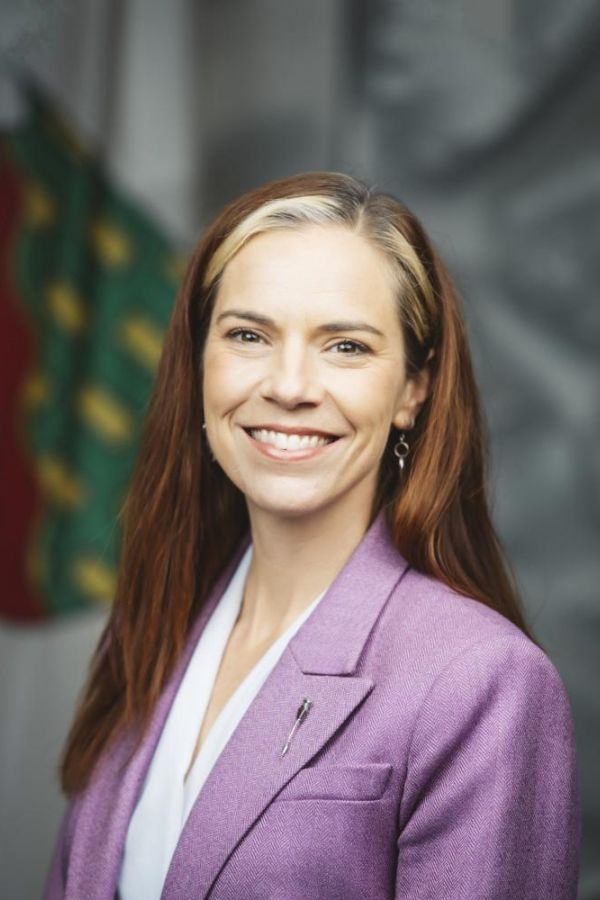Question 347-19(2): Virtual Care During a Pandemic

Thank you very much, Mr. Speaker. In March of this year, I asked the then-Minister of Health and Social Services about virtual care in the Northwest Territories. Since then, the GNWT has put together a three-phased approach to virtual care to address healthcare needs in the face of a global pandemic. In regards to the advances that were made through the COVID-19 pandemic as far as virtual care is concerned, I would like to see the changes and advances that were made continue their momentum. I'm wondering: for phase two, the virtual care initiative identified a need to create secure messaging between healthcare providers both within the Northwest Territories and with southern care providers, what work has been done to date to address secure information sharing between service providers? Thank you.
Thank you. Oral questions. Minister of Health and Social Services.

Thank you, Mr. Speaker. The particular focus of the virtual care work is between in-territory providers, health providers, and in-territory patients. There has been some work done, although COVID-19 reorganized priorities, and that work has slowed down. We already have a head start because the secure messaging will be through the territorial EMR system, which is available in every health centre and cabin that we have, so there is widespread availability once the secure messaging is developed for application across the NWT. The only other loose end is that we need to continue work with physicians in Alberta on them being able to access patients here, that they have the appropriate licensing, that we have compatible medical records, and that they can talk to one another effectively. Thank you.

That leads quite nicely to my next question, and I just want to confirm first, though. Are there currently no out-of-territory physicians practicing virtual care with NWT residents?

Thank you to the Member for an opportunity to provide that clarification. Stanton Hospital has five southern service providers providing virtual care, and the family physician group has one southern service provider providing virtual care.

A standing barrier to providing virtual care is the barrier created by differential licensing requirements which the Minister touched on, and there's different requirements straight across Canada. What work is being done to simplify the registration and licensor processes to enable qualified physicians or healthcare providers to provide virtual care across provincial and territorial boundaries?

The department right now is working on adapting the Alberta College of Physicians and Surgeons physician standards, and those standards include a telehealth standard. What the department is doing is adapting those to NWT circumstances, step one. Step two, engage the key stakeholders with the content such as the NWT Medical Association and the Health and Social Services Authority so that they can provide their input into that. Finally, there may be a need for a legislative change in the Medical Profession Act, and if that's the case, we would certainly expedite work on that.
Thank you, Minister. Final supplementary. Member for Kam Lake.

Thank you, Mr. Speaker. One of the things we hear quite often in this House and also within committee work is the need for cultural sensitivity straight across the North in all the work that we do. I'm wondering: how is the GNWT working to ensure that the cultural, technological, and language needs of all NWT residents are being met through virtual care?

The answer is that the service now is not entirely seamless, but if residents normally receive service in an Indigenous language in the health clinic in their community, they will continue to receive those services. New patients, it then falls to interpreters who are available in the health clinic or the health centre to interpret for that individual who is the patient. There is every effort to accommodate people to speak their first language and to receive services that are culturally safe and appropriate. Having said that, the technological end of this about connectivity in every community and how robust the bandwidth is, this is a failing in our system that we need to address. Thank you.
Thank you, Minister. Oral questions. Member for Hay River South.






